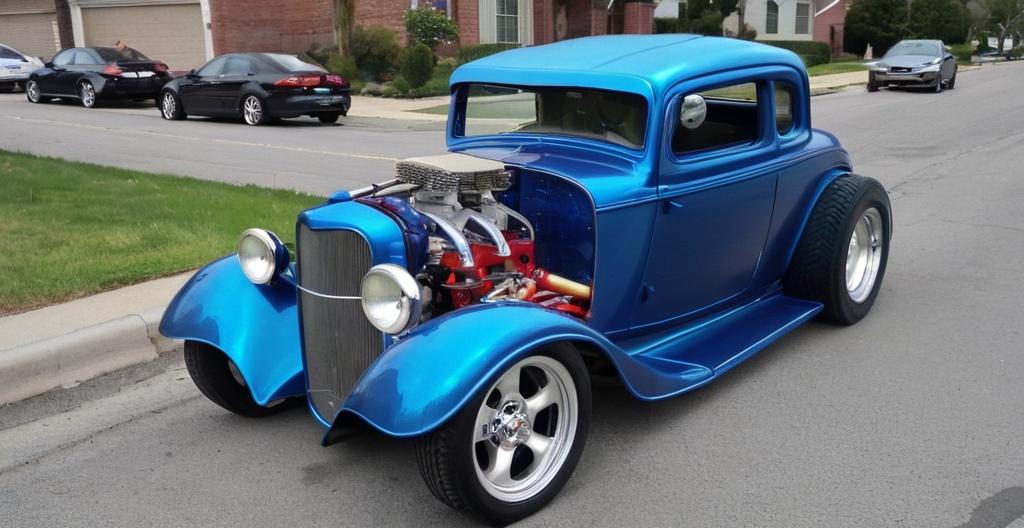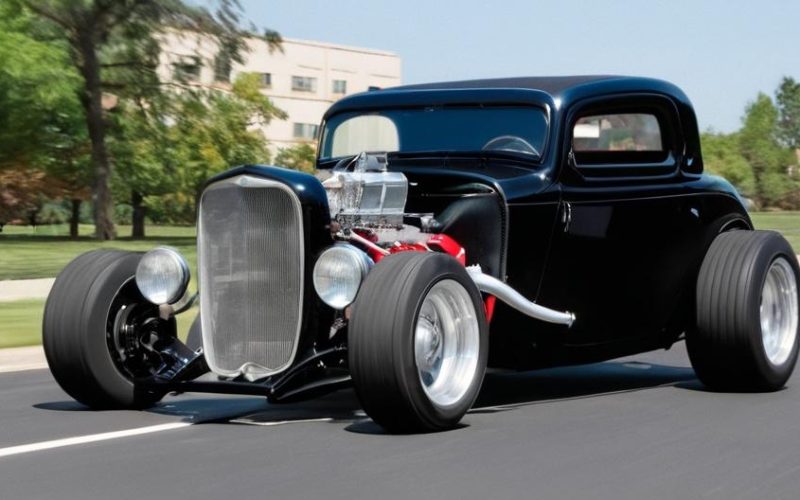Key Take Aways About Lowrider Influences on Street Rodding
- Lowrider culture, originating from Latino communities in Southern California, significantly influences street rodding by emphasizing intricate aesthetics alongside performance.
- Lowriders introduced street rodders to custom paint jobs, chrome detailing, and hydraulic systems, merging performance with visual appeal.
- Car shows facilitate cultural exchanges between lowriders and street rodders, fostering collaboration and innovation.
- Lowrider visibility in popular culture broadens its influence across different car styles, including street rodding.
- The integration of lowrider elements into street rodding influences automotive design and customization.

Lowrider Influences on Street Rodding
Street rodding isn’t just about speed and power; it’s a culture, a way of life that embraces creativity and innovation. An unexpected yet significant influence on this scene is the lowrider culture. Although they may seem worlds apart, these two automotive styles have more in common than one might think.
The Origins of Lowriders
Lowriders emerged primarily from the Latino communities in Southern California during the mid-20th century. The ethos was to drive slow and steady, showing off intricate paint jobs and custom modifications rather than sheer speed. Lowriding became a form of expression, with each vehicle reflecting the personality and style of its owner. The more flamboyant the car, the better. What’s fascinating is how this cultural phenomenon managed to seep into street rodding, which had traditionally valued performance over aesthetics.
Visual Aesthetics Meet Performance
Street rodding has always been known for its emphasis on performance. However, the lowrider influence introduced a new appreciation for visual aesthetics. The meticulous attention to detail found in lowriders inspired street rodders to think beyond just their cars’ muscle. They started incorporating custom paint jobs, chrome detailing, and even hydraulic systems to lower the vehicles, taking cues directly from lowrider stylings.
Smooth Driving and Customization
Lowriders are known for their smooth ride, achieved through modified suspensions and hydraulic lifts. Street rodders, noticing the interest in customization and comfort, began to integrate some of these features. The goal was to create a more enjoyable driving experience without sacrificing too much performance. Custom upholstery, sound systems, and even the famous bouncing effect from hydraulics found their way into street rodding, leading to a unique blend of speed and style.
Cultural Exchange and Car Shows
Car shows became a melting pot for ideas where street rodders and lowriders could share ideas. Seeing the flamboyant designs and creativity of lowriders up close was often a revelation for rodders focused on horsepower and torque. These events also provided a platform for cross-cultural exchange, leading to some intriguing collaborations and innovations.
Lowriders in Popular Culture
The representation of lowriders in movies and music videos helped to elevate the style to a wider audience. This visibility fostered a broader acceptance and adaptation of lowrider elements in various car cultures, including street rodding. Artists and brands that embraced lowrider culture often featured in mainstream media, which gradually influenced car enthusiasts across different genres.
Impact on the Car Industry
The impact of lowriders on street rodding wasn’t just cultural but also influenced the car industry at large. Manufacturers began to recognize the demand for vehicles that offered both style and performance. Custom car parts, designed initially for lowriders, started being marketed to a broader audience, including street rodders who wanted to blend aesthetics with utility.
The Road Ahead
As street rodding continues to evolve, the influence of lowriders seems here to stay. This cross-pollination has not only broadened the appeal of both styles but also led to new innovations in automotive design. The fusion of art and engineering has enriched the car culture, demonstrating how diverse influences can drive creativity and transformation. The future of street rodding is likely to keep building on these shared legacies, embracing the past while forging new paths.
